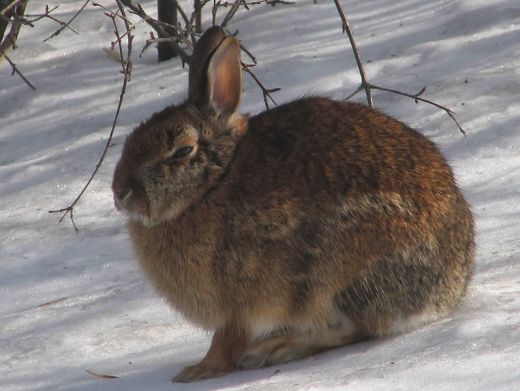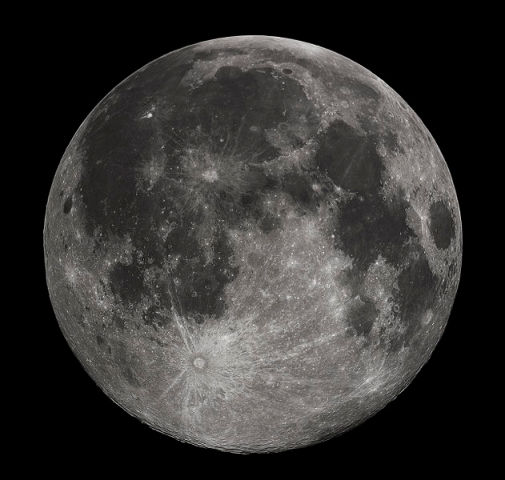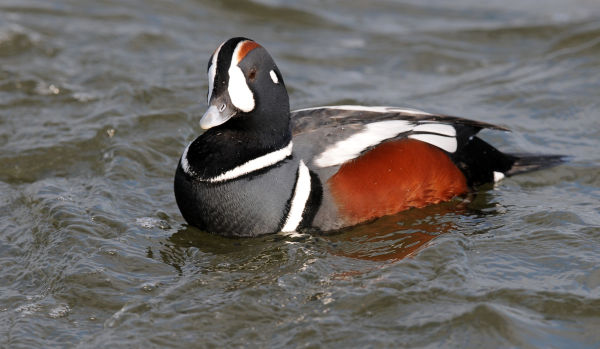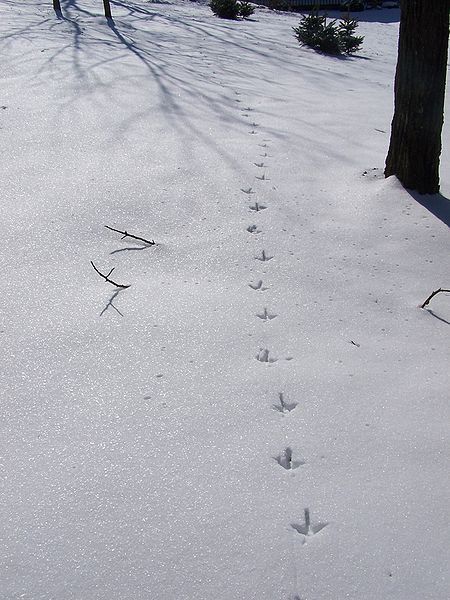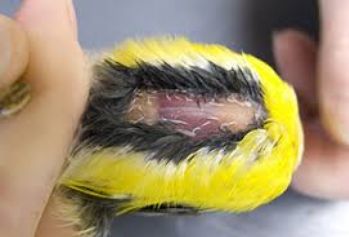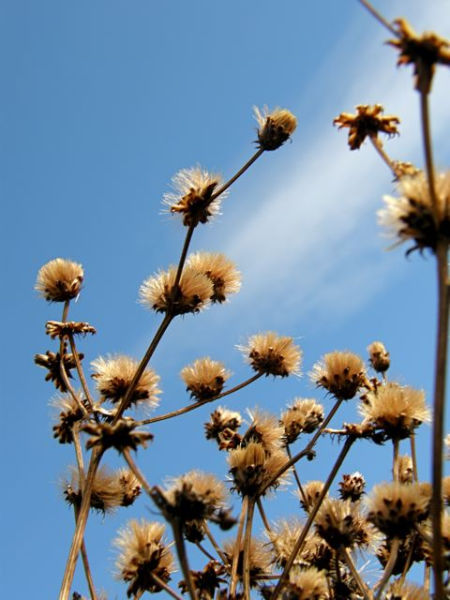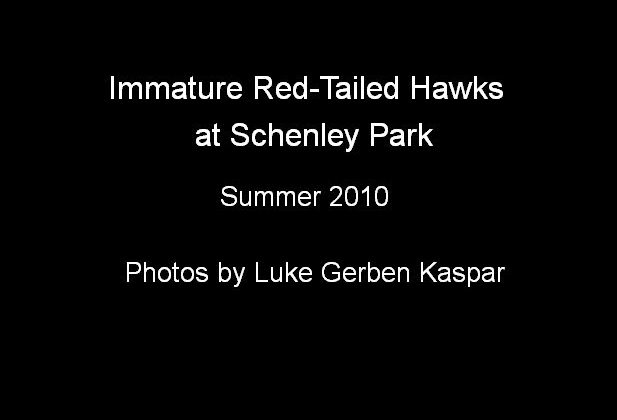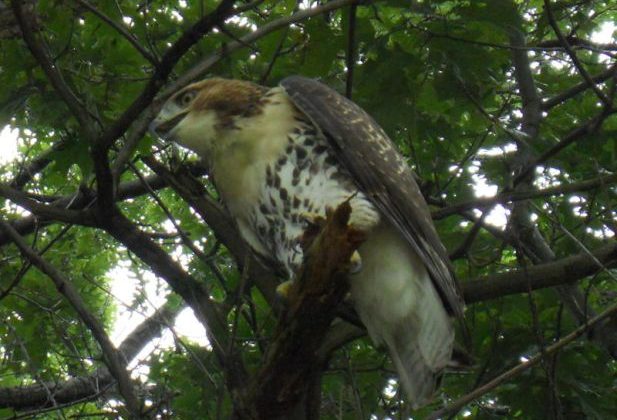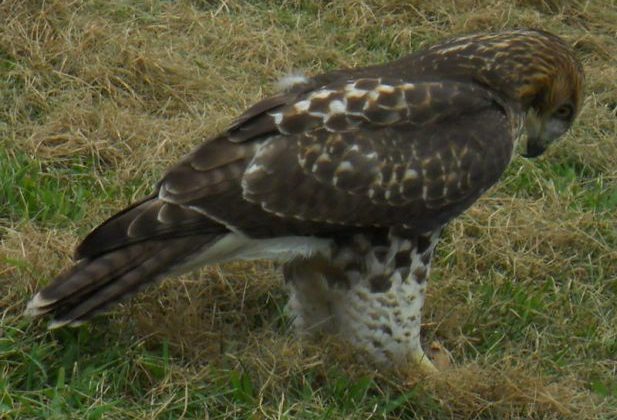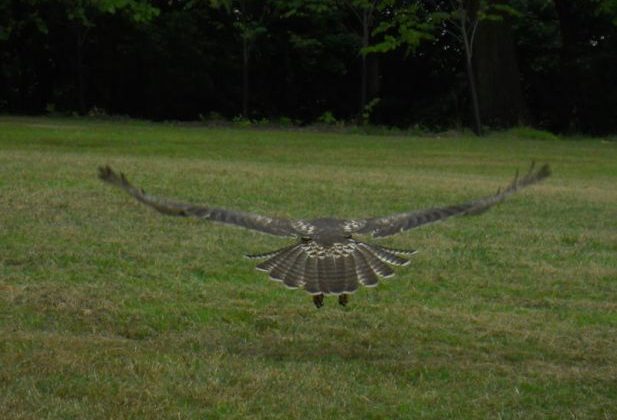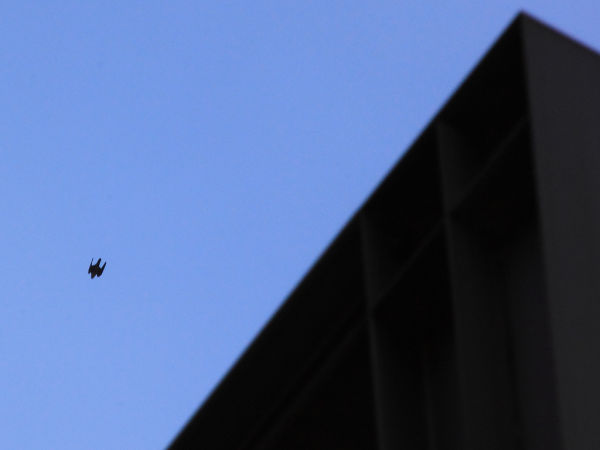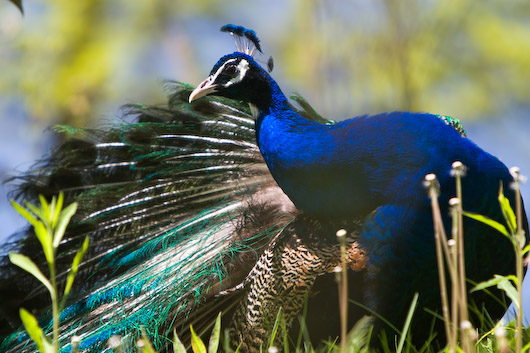16 December 2010
For the past 100 years Pennsylvania has been great habitat for forest-nesting birds. We’ve provided the nursery for 17% of the world’s scarlet tanagers and critical breeding grounds for wood thrushes and black-throated blue warblers.
But this is changing. Right now.
Pennsylvania is at the beginning of the Marcellus Shale gas boom which will last for 30 years. Now there are less than 3,000 wells. If the boom goes as planned there will be 30,000 to 60,000 more.
Each well pad is a five acre industrial site connected by pipelines, compressor stations and roads. This Google map shows what it looks like near West Union in Greene County (map is current).
From above you can see that the forest is fragmented by empty dirt squares and roads. The scarlet tanagers that used to nest here are in Peru right now. When they return they’ll find their nesting sites are gone or compromised. There will be fewer nests and fewer scarlet tanagers born in Greene County next summer. This is death by a thousand cuts.
Fragmentation isn’t new in Pennsylvania. We’ve been doing it for farming, residential and commercial purposes for a very long time. What’s new about this boom is that the fragmentation is industrial and is no longer around the forest edges or in farmland. The Marcellus boom is going to the very heart of our prime forest habitat because the State Legislature has ordered DCNR to lease the state forests for gas drilling.
What does a drilled forest look like? Below is a satellite image of the forest near Snow Shoe in Centre County. All those lines and patches are gas drilling sites.
Sadly this fragmentation will last longer than it needs to because Pennsylvania has no money to restore the habitat when the drillers are gone. We could have had that money but our state leaders, especially our Governor-elect (Tom Corbett in 2010) and the State Senate, oppose a Marcellus severance tax that would pay for habitat restoration and remediate a host of other problems caused by the gas boom.
What will happen to our forest birds? It doesn’t look good, especially for black-throated blue warblers. Read more here in Audubon Magazine and this extensive report by The Nature Conservancy on the effects of wind and gas energy development (the Marcellus summary is on page 30).
Will Pennsylvania change course? Only if we work to make that change.
As Margaret Mead said, “Never doubt that a small group of thoughtful, committed citizens can change the world; indeed, it’s the only thing that ever has.”
(satellite images from Google Maps of the land in Greene and Centre counties, Pennsylvania)
p.s. There are many Marcellus shale issues and many groups working on them. See fractracker.org’s Resources page for a list of groups. Check out Fractracker’s main page for information on Marcellus Shale drilling.
